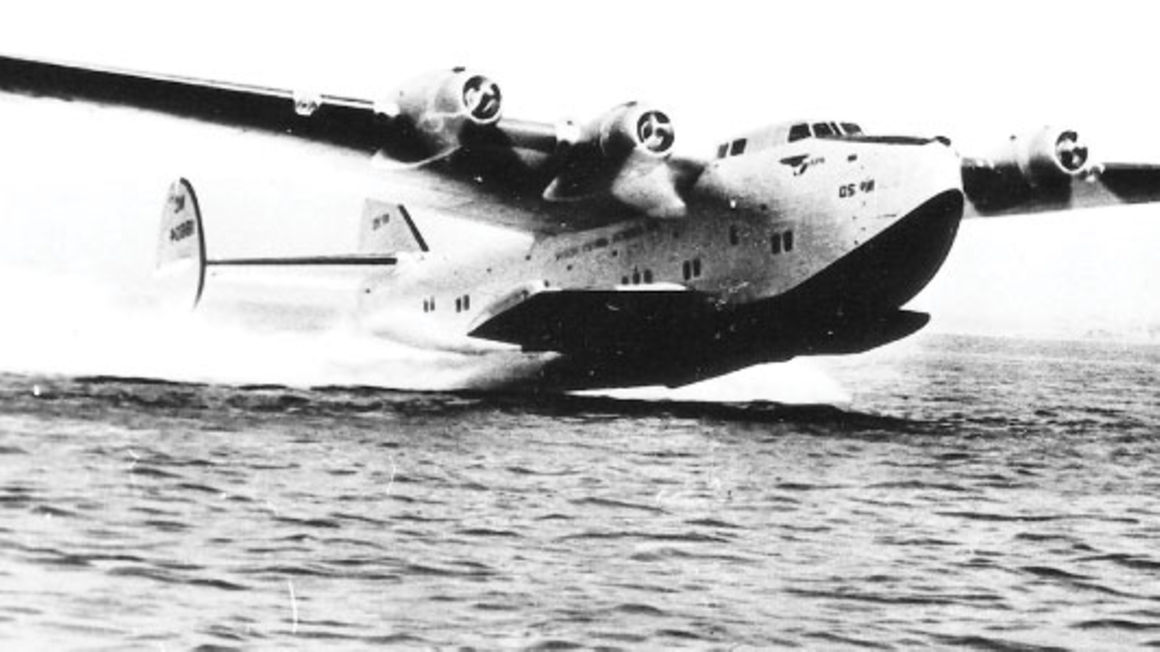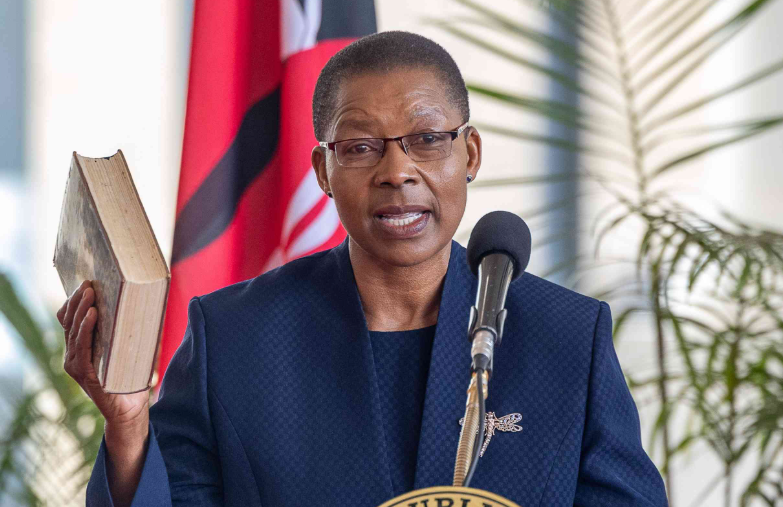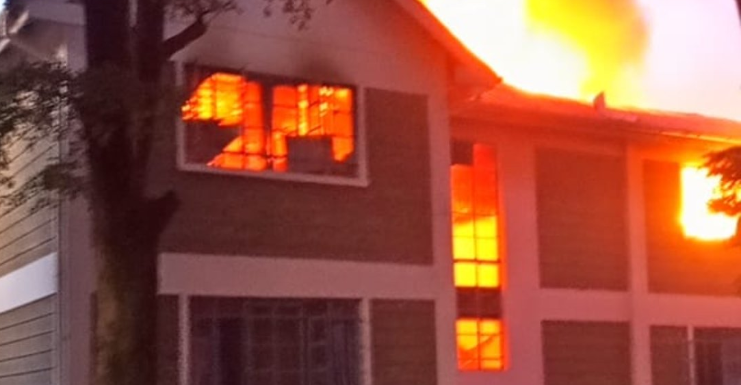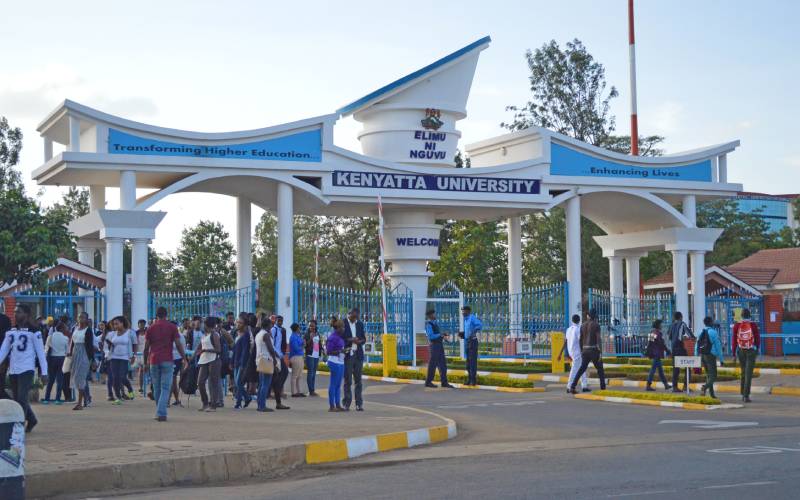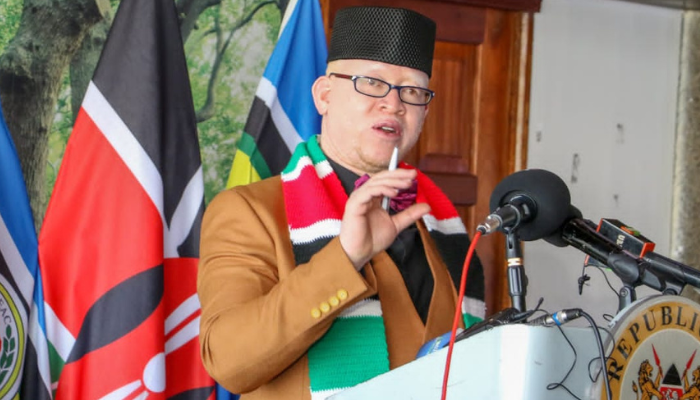Naivasha is widely known in the country as being a tourism destination thanks to its amazing hotels and physical features such as Lake Naivasha and the Rift Valley.
What many don't know is that Naivasha was the home of Kenya's first international airport which was established in 1930s at Lake Naivasha.
A report by renowned Kenyan journalist John Kamau's History Works TV indicates that back then, planes used to land on water and were famously referred to as fly boats.
The international airport at Lake Naivasha mainly played host to planes from Europe. The lake acted as a runway where the flying boats would land since modern air crafts and runways had not been invented.
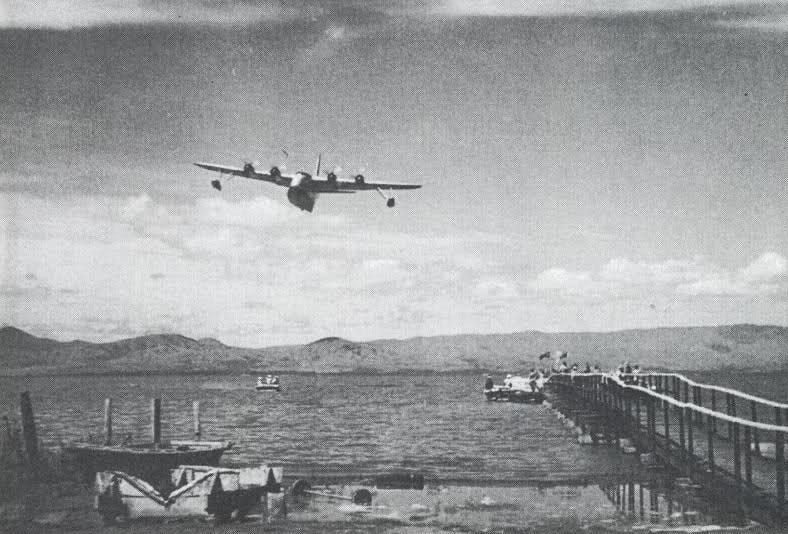
Read More
A fly boat approaching then Lake Naivasha International airport. [Photo: Courtesy]
Adjacent to Lake Naivasha Airport was Sparks Hotel which acted as the first place the visitors got to immediately after landing.
Lake Naivasha international airport was first used by a British plane in 1932, after which other planes especially those travelling from Europe to South Africa adopted it as one of its stopping points on the route.
The fly boat from the United Kingdom to Kenya took around 5 days, while the journey to South Africa took up to 10 days. Those who could not afford fly boats had to use ships which took much longer.
The airport was operational until 1958 when Boeing launched their 707 plane series. The planes could land on concrete, unlike the fly boats.
Additionally, in the same year, Mau Mau prisoners in Kenya had completed the construction of a concrete airport at Embakasi, which became the new entry point for visitors.
With the exit of the flying boat, Sparks Hotel re-branded and is today known as the Lake Naivasha Country Club - which is one of the leading hospitality facilities in the area.
Technology further advanced and Kenya created other modern airports such as Jomo Kenyatta International Airport in Nairobi, Moi International Airport in Mombasa, and Kisumu and Eldoret international airports in the respective towns.
The airport in Embakasi was transformed into a military facility and is still in place to date.
